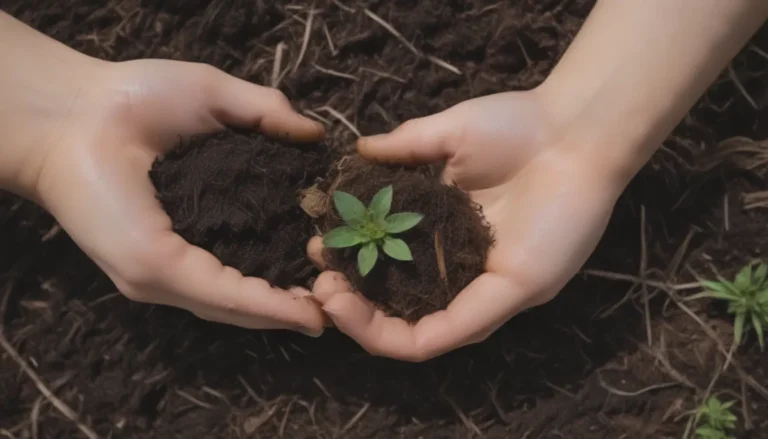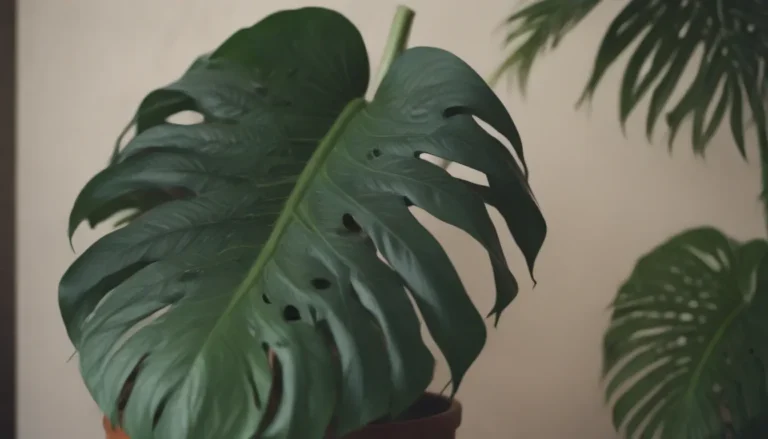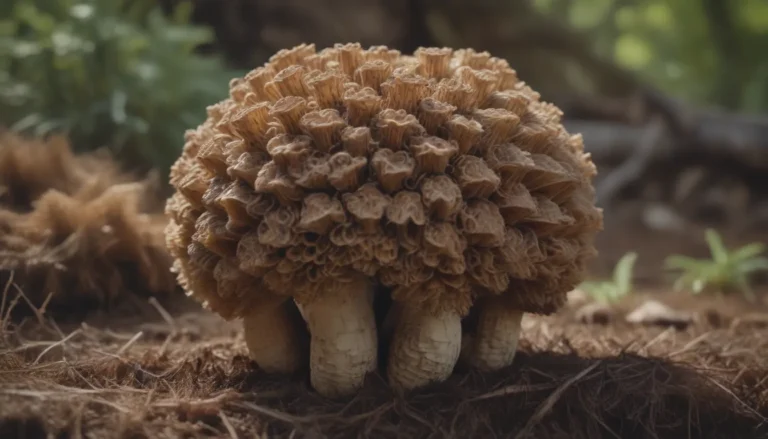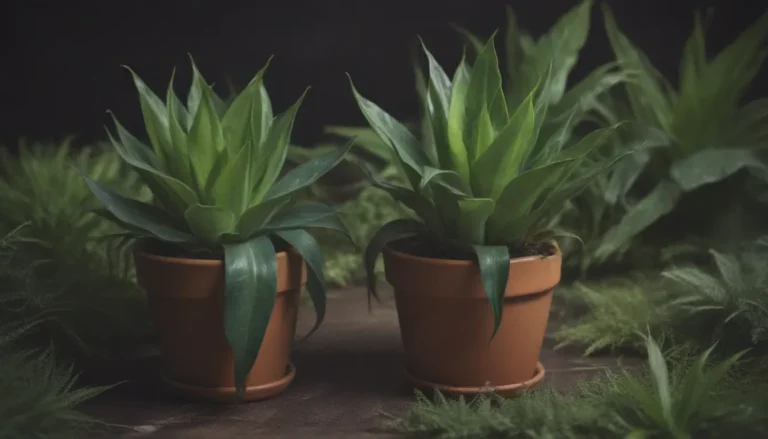Everything You Need to Know to Get Rid of Fungus Gnats in Houseplants Naturally
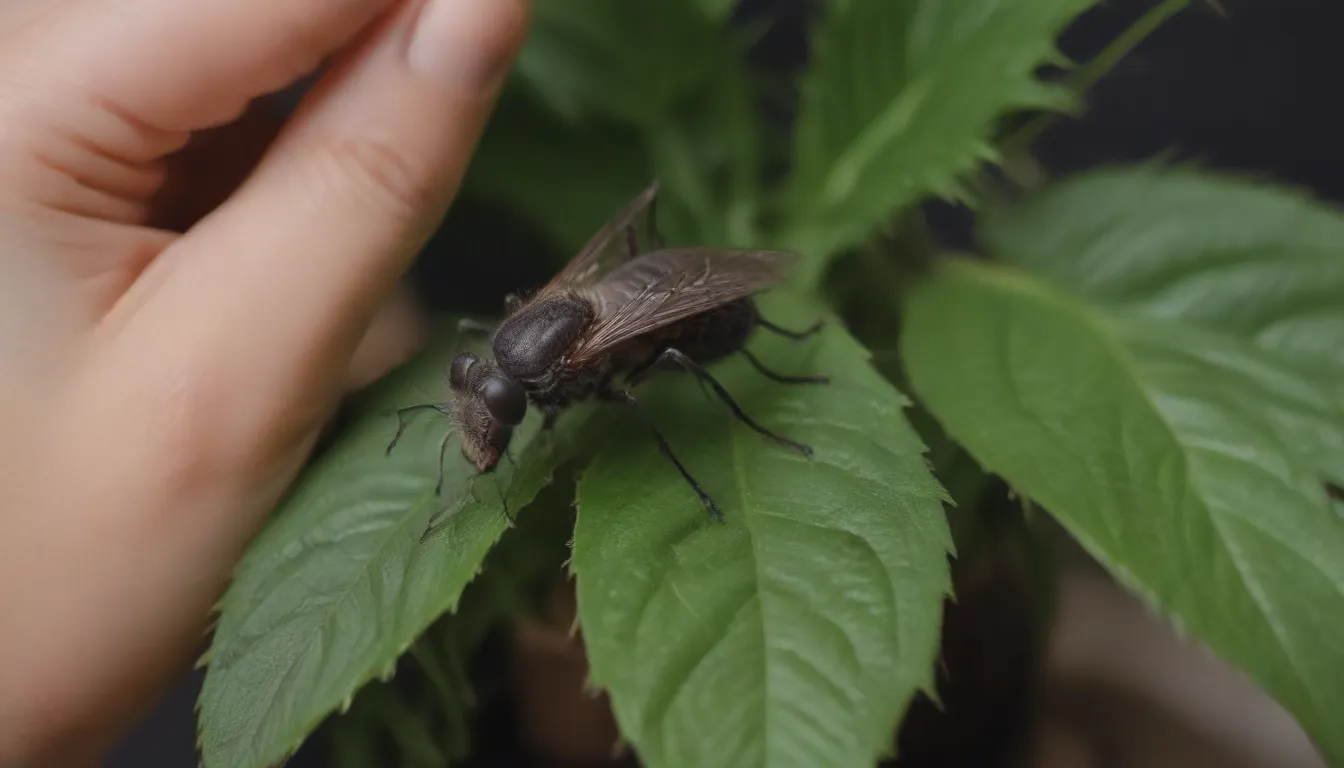
Are you tired of dealing with tiny flying insects that seem to appear every time you water your beloved houseplants? If so, you may be facing a fungus gnat infestation. These pesky little creatures are attracted to the moist soil of potted plants, where they lay their eggs and feed on organic matter. While they don’t bite humans or pets, the larvae can cause damage to your plants by munching on the feeder roots, which can ultimately stunt growth and limit the plant’s ability to absorb nutrients.
If you’re looking for natural ways to eliminate these annoying pests without harming your plants, you’re in the right place. In this comprehensive guide, we will explore the world of fungus gnats, from identifying them to effectively getting rid of them using simple and eco-friendly methods. So, sit back, relax, and let’s dive into the fascinating world of fungus gnats!
What Are Fungus Gnats?
Fungus gnats are small flies belonging to the Orfelia and Bradysia species. Resembling tiny mosquitoes, these insects can be identified by their narrow legs, light gray or clear wings, and segmented antennae. Adults typically grow to be about 1/16 to 1/8 inch long, while the larvae are translucent white or gray worms with shiny black heads measuring 1/4 inch in length.
These pesky creatures tend to hover near their food source, which includes organic matter and fungus in the soil of houseplants. The adults lay their eggs in the soil, and once hatched, the larvae feed on organic material and root hairs, ultimately causing damage to the plant. With a fast life cycle, fungus gnats can lay up to 200 eggs, with the entire life cycle lasting only two to three weeks.
Signs of Fungus Gnats in Houseplants
While any plant can fall victim to a fungus gnat infestation, certain plants like African violets, geraniums, carnations, cyclamens, and poinsettias are more predisposed. Here are some common signs that may indicate the presence of fungus gnats in your houseplants:
- Tiny flying insects hovering around the plant
- Yellowing or wilting leaves
- Reduced plant growth
- Slimy trails on the soil surface
If you notice any of these signs, it’s time to take action and eliminate the fungus gnats before they cause further damage to your plants.
Natural Ways to Get Rid of Fungus Gnats
If you find yourself facing a fungus gnat infestation, fear not! There are several natural and effective methods you can use to get rid of these pesky pests without resorting to harmful chemicals. Here are some eco-friendly solutions to eliminate fungus gnats from your houseplants:
Let the Soil Dry Out
The simplest and most effective way to combat fungus gnats is by allowing the soil to dry out between waterings. By withholding water for a few days, you can effectively kill off both the eggs and larvae in the soil. Additionally, make sure to remove any standing water from runoff saucers to prevent the gnats from breeding.
Hydrogen Peroxide as a Larvacide
Mix one part hydrogen peroxide with four parts water and use this solution to water your plants. Hydrogen peroxide acts as a natural larvacide, killing off the gnat larvae without harming your plants. Reapply the solution weekly until you notice a decrease in gnat population.
Vinegar for Gnat Traps
Create a gnat trap by pouring apple cider vinegar into a cup or glass and adding a few drops of dish soap. Cover the container with tape or cheesecloth, leaving holes for the gnats to enter. The gnats will be attracted by the scent of vinegar, get trapped in the solution, and eventually drown.
Soap as an Insecticide
Dish soap or Castile soap can be used as effective insecticidal soaps to eliminate soft-body insects like fungus gnats. These soaps work by suffocating and dehydrating the insects, ultimately killing them. Simply mix a small amount of soap with water and spray it on the affected plants.
Cinnamon and Chamomile as Fungicides
Ground cinnamon and chamomile tea are natural fungicides that can help eliminate the fungus gnats’ food source, ultimately driving them away. Sprinkle ground cinnamon on the soil or brew chamomile tea and water your plants with it to deter the gnats.
Potato Traps
Use raw potato pieces as traps for existing fungus gnat larvae. Place the potato pieces flesh side down on the soil and check them every few days for feeding larvae. Remove any larvae you find and replace the potatoes with fresh pieces to continue trapping them effectively.
Sticky Traps
Reduce the adult gnat population by using yellow sticky traps. These adhesive traps attract gnats with their color and trap them when they land on the surface. Replace the traps when they are full to effectively control the gnat population in your plants.
Apply Biological Controls
Consider using biological controls like Bacillus thuringiensis subspecies israelensis (Bti) to combat fungus gnats. These bacteria are safe for plants, pets, and humans and can effectively control gnat populations. Look for products containing Bt, such as mosquito dunks or granules, and follow the instructions for application.
What Causes Fungus Gnats?
Contaminated soil is the primary cause of fungus gnat infestations. Nurseries and outdoor plants can harbor hidden gnat larvae, which can be unintentionally brought into your home. To prevent fungus gnats from invading your houseplants, take preventive measures such as quarantining new plants and avoiding overwatering.
Preventing Fungus Gnats in Houseplants
To prevent future fungus gnat infestations, follow these tips:
- Quarantine new plants before introducing them to your existing houseplants
- Allow the soil to dry out between waterings
- Use nematodes like Steinernema feltiae to feed on gnat larvae
- Avoid overwatering and ensure proper drainage in your pots
- Consider using biological or synthetic insecticide sprays as a last resort
By implementing these preventive measures, you can significantly reduce the risk of fungus gnat infestations and keep your houseplants healthy and thriving.
In conclusion, dealing with fungus gnats in houseplants can be a frustrating experience, but with the right knowledge and eco-friendly methods, you can effectively eliminate these pests and protect your plants. By following the tips and techniques outlined in this guide, you can say goodbye to fungus gnats and enjoy a thriving indoor garden. Remember, prevention is key, so take proactive steps to keep your plants healthy and free from pests. Happy gardening!
References:
– “Fungus Gnats as Houseplant and Indoor Pests- 5.584.” Colorado State Extension
– “Fungus gnats in indoor plants.” PennState Extension.
